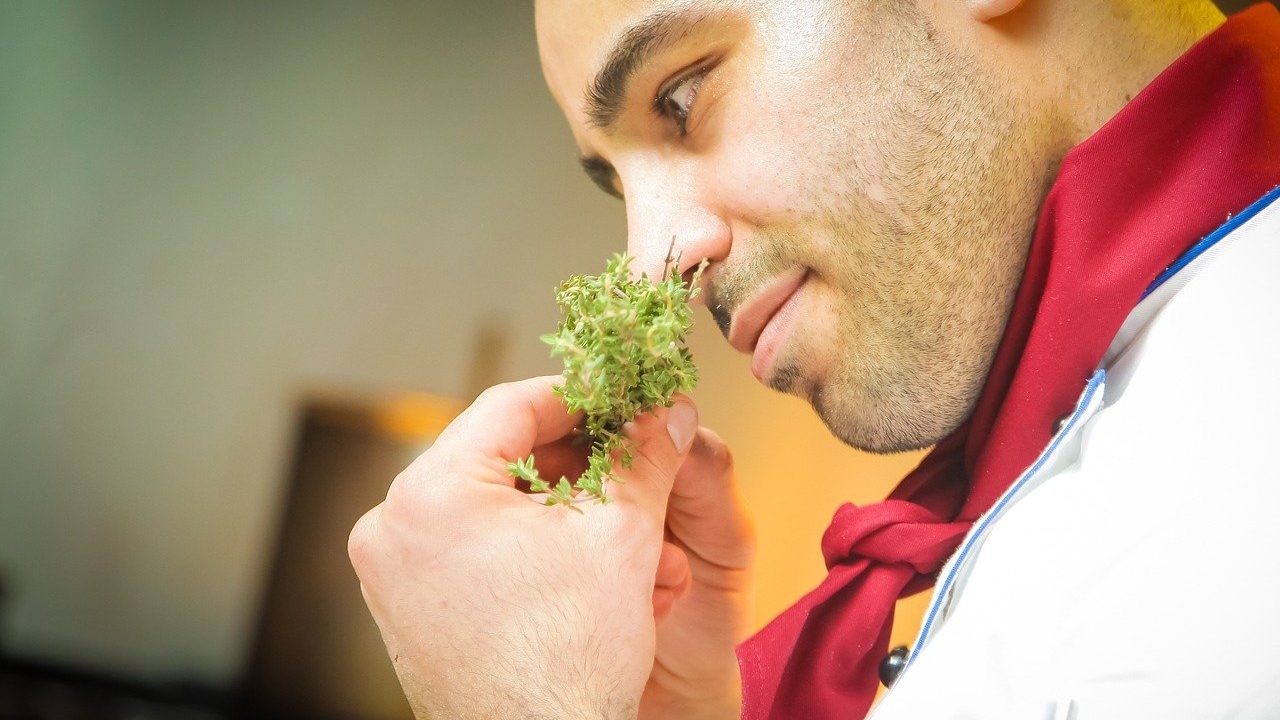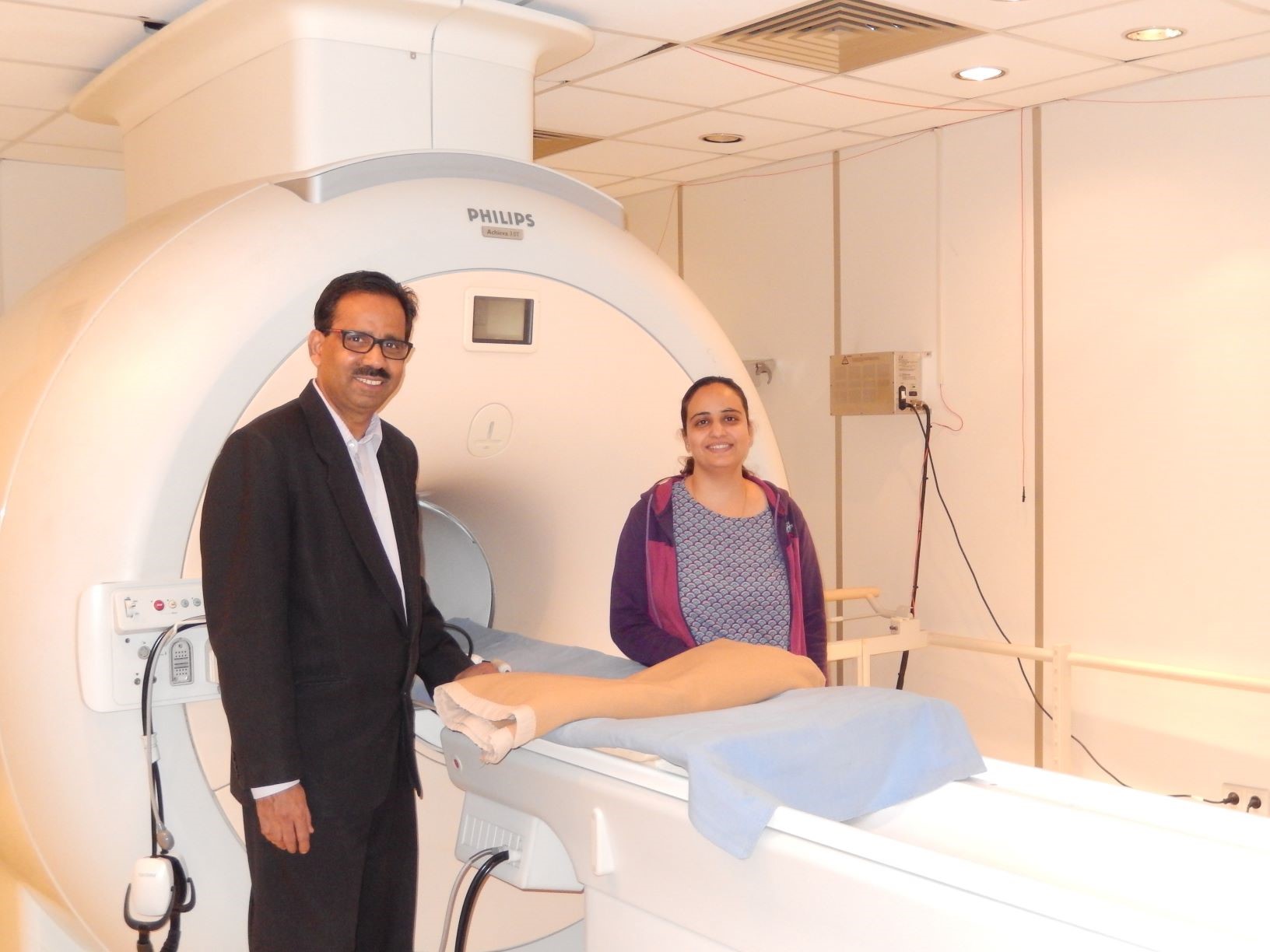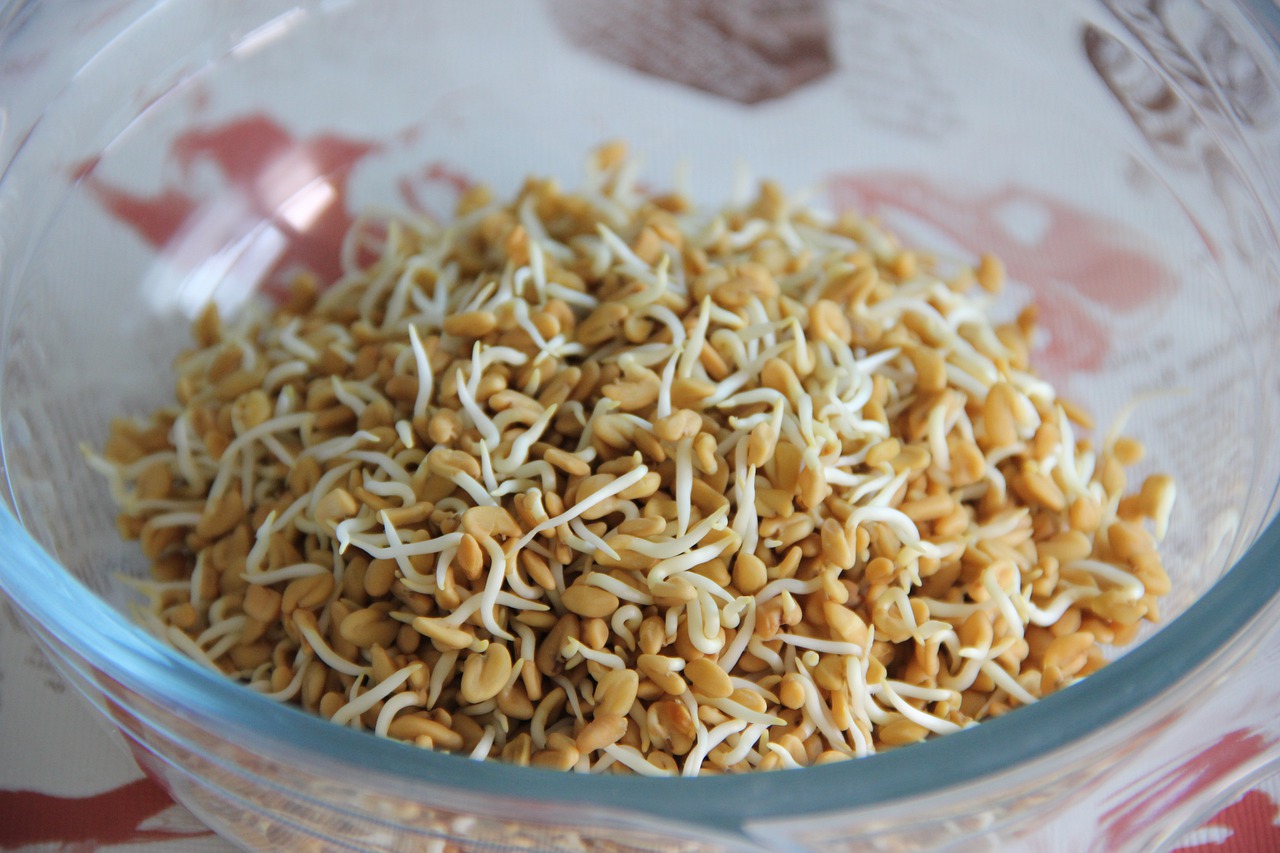
A Measure of Smell
- News
- 1.5K
Fragrances – promising mystery, intrigue, and forbidden thrills – are blended by master perfumers, their recipes kept secret. In a new study on the sense of smell, Weizmann Institute of Science researchers has managed to strip much of the mystery from even complex blends of odorants, not by uncovering their secret ingredients, but by recording and mapping how they are perceived.
The scientists can now predict how any complex odorant will smell from its molecular structure alone. This study may not only revolutionize the closed world of perfumery but eventually lead to the ability to digitize and reproduce smells on command. The proposed framework for odors, created by neurobiologists, computer scientists, and a master-perfumer, and funded by a European initiative for Future Emerging Technologies (FET-OPEN), was published today in Nature.
“The challenge of plotting smells in an organized and logical manner was first proposed by Alexander Graham Bell over 100 years ago,” says Prof. Noam Sobel of the Institute’s Neurobiology Department. Bell threw down the gauntlet: “We have very many different kinds of smells, all the way from the odor of violets and roses up to asafoetida. But until you can measure their likenesses and differences you can have no science of odor.” This challenge had remained unresolved until now.
This century-old challenge indeed highlighted the difficulty in fitting odors into a logical system: There are millions of odor receptors in our noses, consisting of hundreds of different subtypes, each shaped to detect particular molecular features. Our brains potentially perceive millions of smells in which these single molecules are mixed and blended at varying intensities. Thus, mapping this information has been a challenge. But Sobel and his colleagues, led by graduate student Aharon Ravia and Dr. Kobi Snitz, found there is an underlying order to odors. They reached this conclusion by adopting Bell’s concept – namely to describe not the smells themselves, but rather the relationships between smells as they are perceived.
In a series of experiments, the team presented volunteer participants with pairs of smells and asked them to rate these smells on how similar the two seemed to one another, ranking the pairs on a similarity scale ranging from “identical” to “extremely different.” In the initial experiment, the team created 14 aromatic blends, each made of about 10 molecular components, and presented them two at a time to nearly 200 volunteers, so that by the end of the experiment each volunteer had evaluated 95 pairs.
To translate the resulting database of thousands of reported perceptual similarity ratings into a useful layout, the team refined a physicochemical measure they had previously developed. In this calculation, each odorant is represented by a single vector that combines 21 physical measures (polarity, molecular weight, etc.). To compare two odorants, each represented by a vector, the angle between the vectors is taken to reflect the perceptual similarity between them. A pair of odorants with a low angle distance between them are predicted similar, those with high angle distance between them are predicted differently.
To test this model, the team first applied it to data collected by others, primarily a large study in odor discrimination by Bushdid and colleagues from the lab of Prof. Leslie Vosshall at the Rockefeller Institute in New York. The Weizmann team found that their model and measurements accurately predicted the Bushdid results: Odorants with low angle distance between them were hard to discriminate; odors with high angle distance between them were easy to discriminate. Encouraged by the model accurately predicting data collected by others, the team continued to test for themselves.
The team concocted new scents and invited a fresh group of volunteers to smell them, again using their method to predict how this set of participants would rate the pairs – at first 14 new blends and then, in the next experiment, 100 blends. The model performed exceptionally well. In fact, the results were in the same ballpark as those for color perception – sensory information that is grounded in well-defined parameters. This was especially surprising considering each individual likely has a unique complement of smell receptor subtypes, which can vary by as much as 30% across individuals.
Because the “smell map,” or “metric” predicts the similarity of any two odorants, it can also be used to predict how an odorant will ultimately smell. For example, any novel odorant that is within 0.05 radians or less from the banana will smell exactly like a banana. As the novel odorant gains distance from banana, it will smell banana-ish, and beyond a certain distance, it will stop resembling a banana.
The team is now developing a web-based tool. This set of tools not only predicts how a novel odorant will smell, but can also synthesize odorants by design. For example, one can take any perfume with a known set of ingredients, and using the map and metric, generate a new perfume with no components in common with the original perfume, but with exactly the same smell. Such creations in color vision, namely non-overlapping spectral compositions that generate the same perceived color, are called color metamers, and here the team generated olfactory metamers.
The study’s findings are a significant step toward realizing a vision of Prof. David Harel of the Computer and Applied Mathematics Department, who also serves as Vice President of the Israel Academy of Sciences and Humanities and who was a co-author of the study: Enabling computers to digitize and reproduce smells. In addition, of course, to being able to add a realistic flower or sea aromas to your vacation pictures on social media, giving computers the ability to interpret odors in the way that humans do could have an impact on environmental monitoring and the biomedical and food industries, to name a few. Still, master perfumer Christophe Laudamiel, who is also a co-author of the study, remarks that he is not concerned for his profession just yet.
Sobel concludes: “100 years ago, Alexander Graham Bell posed a challenge. We have now answered it: The distance between rose and violet is 0.202 radians (they are remotely similar), the distance between violet and asafoetida is 0.5 radians (they are very different), and the difference between rose and asafoetida is 0.565 radians (they are even more different). We have converted odor percepts into numbers, and this should indeed advance the science of odor.”
Prof. Noam Sobel is Head of the Azrieli National Institute for Human Brain Imaging and Research; his research is also supported by the Norman and Helen Asher Center for Human Brain Imaging; the Nadia Jaglom Laboratory for the Research in the Neurobiology of Olfaction; the Rob and Cheryl McEwen Fund for Brain Research; and Sonia T. Marschak. Prof. Sobel is the incumbent of the Sara and Michael Sela Professorial Chair of Neurobiology.
Prof. David Harel’s research is supported by the estate of Emile Mimran. Prof Harel is the incumbent of the William Sussman Professorial Chair of Mathematics.
If you liked this article, then please subscribe to our YouTube Channel for the latest Science & Tech news. You can also find us on Twitter & Facebook


